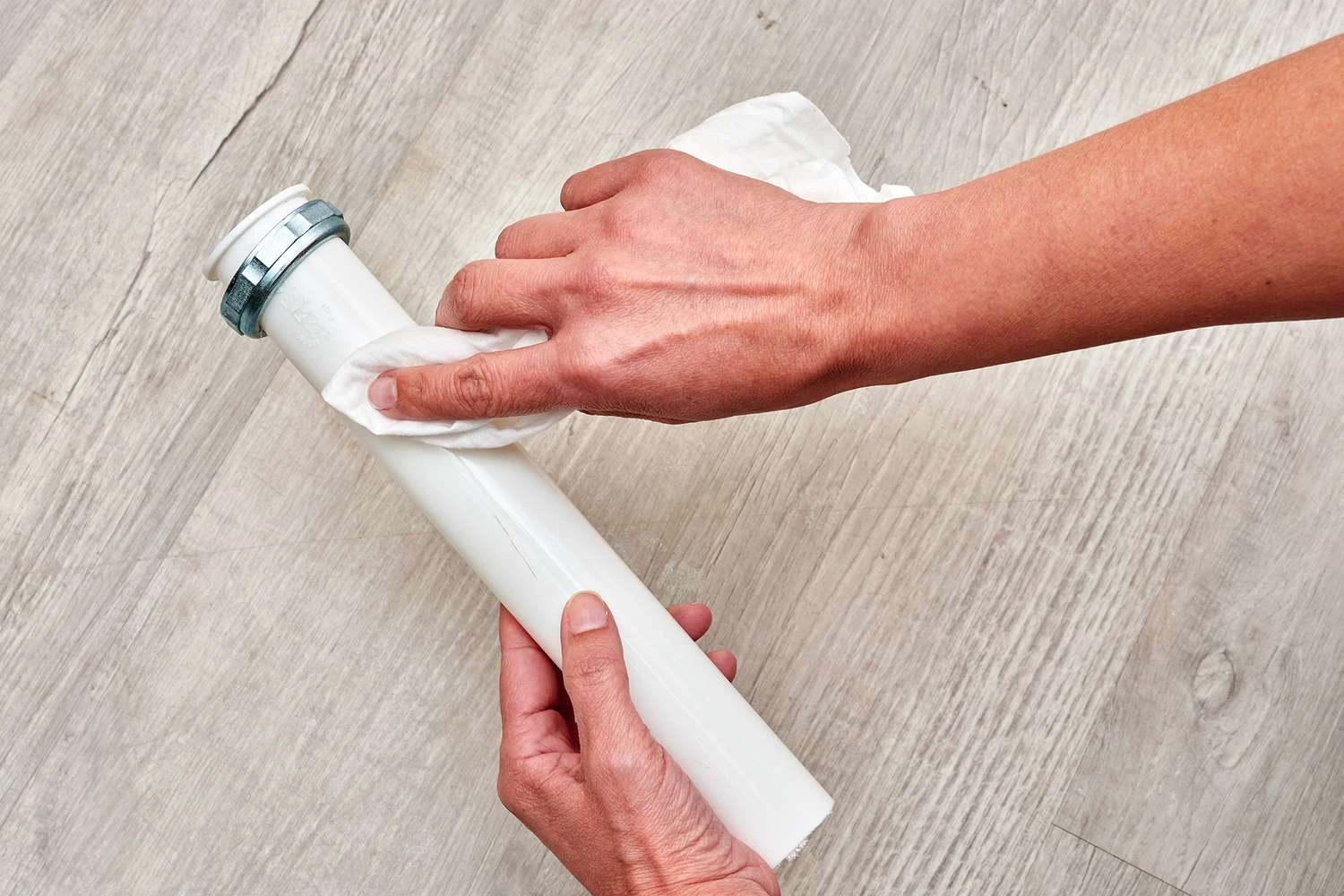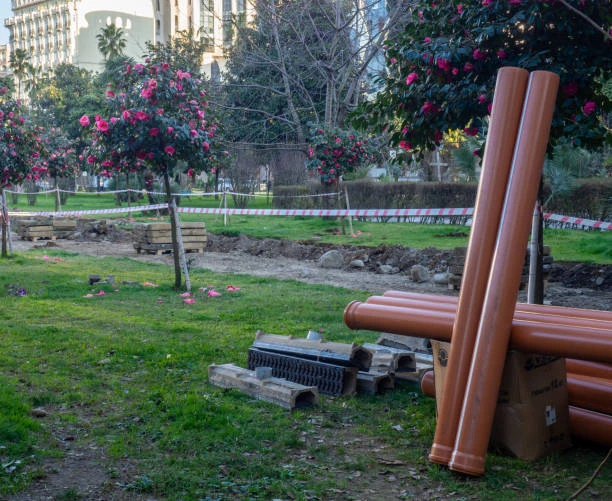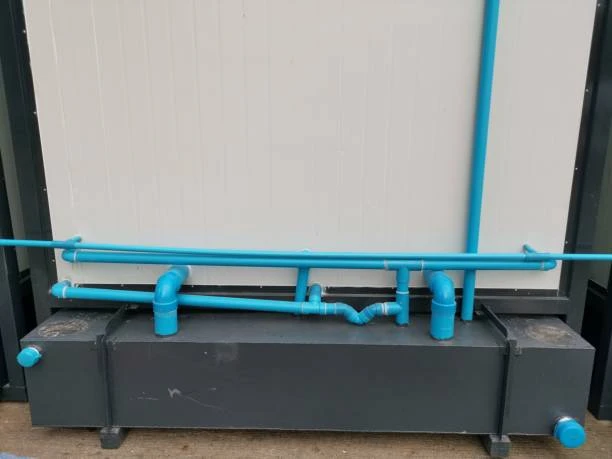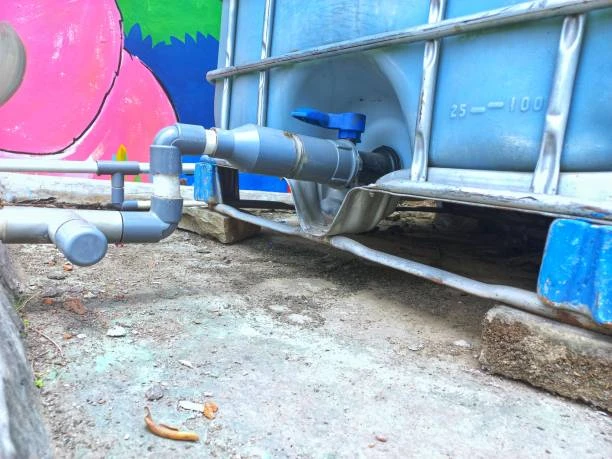In the world of plumbing and construction, PVC pipes are ubiquitous. Among the various types of PVC pipes, DWV (Drain, Waste, and Vent) PVC pipes stand out due to their specific applications and benefits. In this article, we will explore the comprehensive uses of DWV PVC Pipe, their advantages, installation techniques, and much more. Let’s dive into the world of DWV PVC pipes and understand why they are a crucial component in modern plumbing systems.
What is DWV PVC Pipe?
Definition and Purpose
DWV PVC pipes are designed specifically for drain, waste, and vent systems. Unlike other PVC pipes, DWV pipes are not used for pressurized systems but are ideal for handling gravity-fed waste and venting applications. They are crucial for ensuring that waste flows smoothly from residential and commercial buildings to the municipal sewer system.
Key Characteristics
DWV PVC pipes are characterized by their ability to handle the acidic and abrasive nature of waste materials. They have a thicker wall compared to other PVC pipes, which helps in durability and resistance to external pressures.
Advantages of DWV PVC Pipes
Durability and Longevity
One of the primary advantages of DWV PVC pipes is their durability. These pipes are resistant to corrosion, rust, and chemical damage, making them a long-lasting choice for plumbing systems. They can withstand various environmental conditions without deteriorating.
Lightweight and Easy to Handle
DWV PVC pipes are significantly lighter than metal pipes, making them easier to handle and transport. This feature simplifies installation and reduces labor costs.
Cost-Effective Solution
Compared to metal piping systems, DWV PVC pipes are more affordable. Their cost-effectiveness makes them a popular choice for both residential and commercial applications.
Low Maintenance Requirements
DWV PVC pipes require minimal maintenance. They do not need regular cleaning or treatment to prevent corrosion or other issues, which saves time and resources.
Common Applications of DWV PVC Pipes
Residential Plumbing Systems
In residential plumbing, DWV PVC pipes are used to create an efficient waste removal system. They connect sinks, toilets, and showers to the main sewer line, ensuring that waste is properly managed.
Commercial Building Systems
In commercial buildings, DWV PVC pipes handle large volumes of waste and water.
Industrial Applications
DWV PVC pipes are also used in various industrial settings where waste management is crucial. Their ability to handle aggressive chemicals and high volumes of waste makes them suitable for industrial applications.
Installation of DWV PVC Pipes
Preparation
Before installation, ensure that the pipes are correctly measured and cut to fit the required dimensions. Proper preparation is key to a successful installation.
Cutting and Joining
DWV PVC pipes are joined using PVC cement, which creates a strong, watertight seal. Cutting the pipes with a PVC pipe cutter ensures clean edges and a precise fit.
Installation Techniques
- Dry Fit First: Assemble the pipes without glue to ensure they fit correctly.
- Apply PVC Cement: Once satisfied with the fit, apply PVC cement to the pipe ends and fittings.
- Connect and Hold: Press the pipe ends into the fittings and hold them in place for a few seconds to allow the cement to set.
Testing the System
After installation, test the system for leaks and ensure that all connections are secure. This step is crucial to verify that the system functions correctly.
Maintenance and Care
Regular Inspections
Regular inspections of DWV PVC pipes can help identify potential issues early. Check for any signs of damage or wear, and address any problems promptly.
Avoiding Clogs
To prevent clogs, avoid flushing non-degradable items down the toilet or sink. Installing strainers and traps can also help catch debris before it enters the pipes.
Environmental Considerations
Recycling DWV PVC Pipes
PVC pipes can be recycled, which helps reduce environmental impact. Many recycling centers accept PVC pipes, so consider this option when disposing of old pipes.
Reducing Chemical Impact
Although DWV PVC pipes are resistant to chemicals, reducing the use of harsh chemicals in your plumbing system can help prolong the life of your pipes.

Troubleshooting Common Issues
Leaks and Drips
Leaks in DWV PVC pipes can occur due to poor installation or damage. Address leaks immediately by checking connections and repairing any faulty areas.
Cracks and Breaks
Cracks or breaks in the pipes can result from physical damage or extreme temperatures. Replace damaged sections promptly to avoid further issues.
Comparing DWV PVC Pipes to Other Pipe Materials
PVC vs. Metal Pipes
PVC pipes offer several advantages over metal pipes, including resistance to corrosion and lower cost. However, metal pipes may be preferred in certain high-pressure applications.
PVC vs. ABS Pipes
ABS (Acrylonitrile Butadiene Styrene) pipes are another alternative to PVC.
Advanced Manufacturing Techniques
Recent advancements in manufacturing have led to improvements in the strength and durability of DWV PVC pipes. These innovations contribute to the overall effectiveness of plumbing systems.
Smart Plumbing Solutions
Smart plumbing solutions are becoming more prevalent, incorporating technology to monitor and manage plumbing systems. DWV PVC pipes are compatible with these technologies, enhancing system performance.
Regulations and Standards
Building Codes
Adhering to local building codes and regulations is essential when installing DWV PVC pipes. Ensure that your installation meets all necessary standards to avoid potential issues.
Industry Standards
Industry standards for DWV PVC pipes ensure that they are manufactured and used correctly. Familiarize yourself with these standards to ensure compliance and safety.
Conclusion
DWV PVC Pipe are an essential component in modern plumbing systems, offering durability, cost-effectiveness, and ease of installation. Their wide range of applications, from residential to industrial use, highlights their versatility and reliability. Proper installation and maintenance of DWV PVC pipes ensure a long-lasting and efficient plumbing system. Whether you are a homeowner, plumber, or builder, understanding the benefits and applications of DWV PVC pipes is crucial for effective waste management.
FAQs
Can DWV PVC pipes be used for pressurized systems?
A1: No, DWV PVC pipes are not designed for pressurized systems. They are specifically for gravity-fed waste and vent applications.
How long do DWV PVC pipes typically last?
A2: DWV PVC pipes can last for several decades if properly installed and maintained. Their resistance to corrosion and chemical damage contributes to their longevity.
Are DWV PVC pipes environmentally friendly?
A3: DWV PVC pipes are recyclable, which helps reduce their environmental impact. Proper disposal and recycling practices contribute to their environmental benefits.
What should I do if I notice a leak in my DWV PVC pipes?
A4: Address leaks immediately by inspecting the connections and repairing any faulty areas.
Can DWV PVC pipes be used in cold climates?
A5: DWV PVC pipes can be used in cold climates, but it is important to protect them from freezing temperatures to prevent damage. Insulating the pipes can help prevent freezing.


















